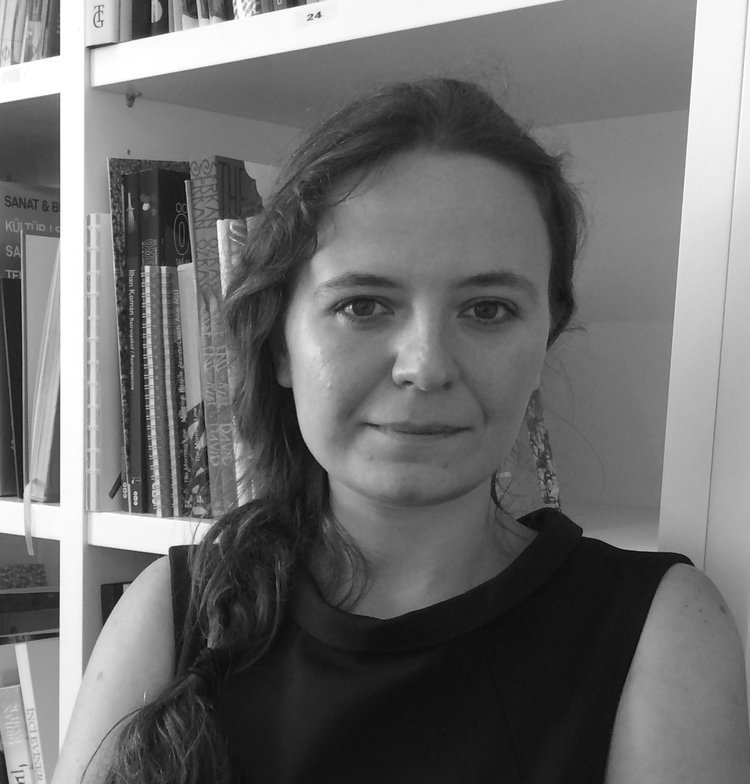Kevser Guler

Participating in the 2017 CIMAM Conference in Singapore, has been a great learning experience for me. Sharing ideas, knowledge, and experiences about the ways and spaces through which the museums encapsulate various contexts has been an exploratory, enjoyable, challenging and, particularly, horizon-opening journey.
The opening lecture of Nikos Papastergiadis, complicating and contaminating the idea of “publics” today has provided a wide map of questions, articulations and concerns surrounding the conference whose focus was defined as “The Roles and Responsibilities of Museums in Civil Society”. The questions related to “what”s, “who”s, and “how”s of “the publics” and of the empowering means, mediums and practices of possible collaborations, which initially sparked during this lecture, preserved their relevancy and continued to be a central, vivid point of discussion during the three days of the conference. Ute Meta Bauer (Founding Director of NTU Centre for Contemporary Art Singapore) and Andrea Cusumano’s (Deputy Mayor for Culture of Palermo) perspectives and experiences provided two inspiring and sound pictures of the ways how institutions and artistic practices get engaged with the publics and nurture the cultural ecosystem they belong. The third day, dedicated to the inquiries about the formation and presentation of the museum’s collections was engaging as well, providing diverse perspectives geographically, historically, culturally and institutionally.
However, the second day of the conference, which was dedicated to the contemporary contexts and art histories of Southeast Asia, unfolding via the lectures on Philippines, Indonesia, Thailand and Singapore’s art scenes with certain focuses by Patrick D. Flores, Ade Darmawan, Gridthiya Gaweewong and Post-Museum, has been a quite transformative experience for me. Not only because we were in Singapore, enjoying exhibitions and art works by artists from Southeast Asia at the National Gallery Singapore and at many other spaces that we visited thanks to the most smooth and organized program of CIMAM; but also because the subtle criticality of each lecture, their being embedded in the regional specificity, and the laying out of the cartographies of complex social and cultural phenomena impressive.
There are many moments I recall from this day. For instance, Patrick D. Flores’ response to the audience’s questioning of the lecturers’ ways of dealing with the Southeast Asian political history and contemporary political environment, in relation to art history or their practices, was breathtaking in terms of the discussions of arts and politics as well. Referring to my notes, Mr. Flores said: “I guess my presentation fails to provide a dialectical moment in relation to what was happening at the center. It is because I am trying to move away from that dialectical moment, to delay that dialectical moment a bit, and to create a space for a certain materiality to emerge relationally independent from an ideological function.” I think that Flores’ emphasis on “materiality”, instead of an almost stigmatizing “political local histories” discourse, anticipates positive prospects in terms of art works, art infrastructures and art communities which will enable more diversified, complex and non-dualistic efficient realms for art and culture to flourish, both on individual and institutional levels. I strongly believe that the critique on “dualistic” or “oppositional” thinking needs to be extended here to the point that it also destabilizes the dualities of democratic/non-democratic, colonial/non-colonial, public/private and historical/contemporary.
Thanks to CIMAM and the Getty Foundation for giving me the opportunity of participating in this year’s conference.